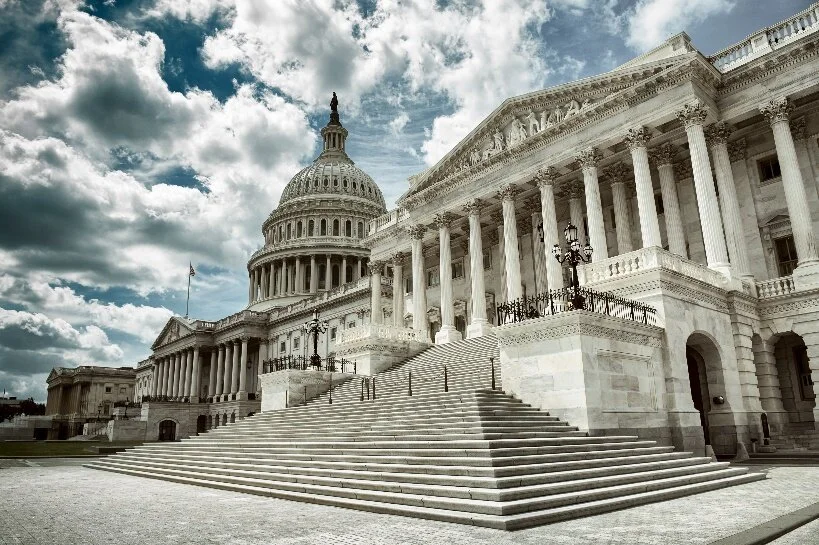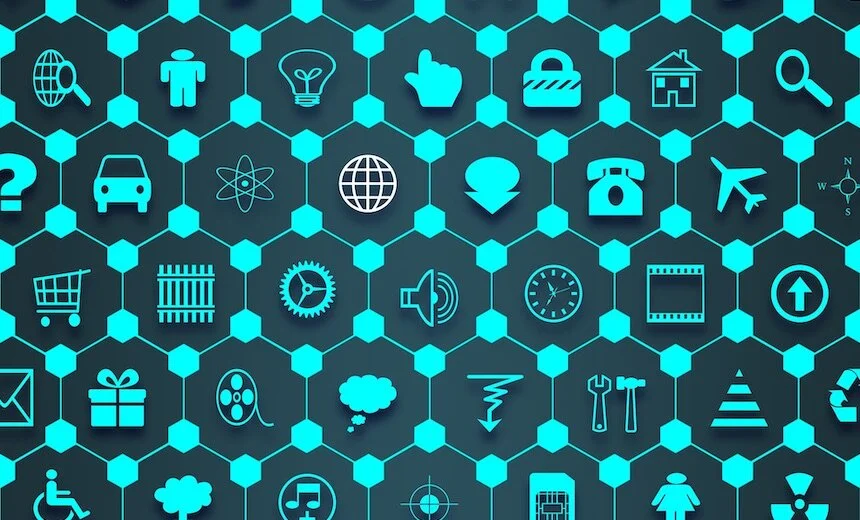As participants in an increasingly connected world, now’s the time to get smart about our risks and vulnerabilities. Already, a variety of devices—wearables, trackers, smart meters, sensors and more—are controlled and monitored via the internet.
Read MorePresident Donald Trump signed the Internet of Things Cybersecurity Improvement Act into law this month, codifying what many cybersecurity experts have long begged for—increased security protection for the billions of IoT devices flooding homes and businesses.
Read MoreThe day has come. After three years of debate, the IoT Cybersecurity Improvement Act (H.R. 1668) is now law. What does the Act mean in general, and what does it mean specifically for manufacturers of connected devices? Let's dive in.
Read MoreMillions of consumer and enterprise IoT devices have software flaws in their TCP/IP stacks that could result in remote code execution, denial of service or a complete takeover of a device. Forescout nicknamed the batch of vulnerabilities Amnesia:33. Devices from as many as 150 vendors are likely vulnerable.
Read MorePresident Donald Trump on Friday signed into law the Internet of Things Cybersecurity Improvement Act of 2020, the first U.S. federal law addressing IoT security.
Read MoreThirty-three vulnerabilities in open-source TCP/IP stacks often buried deep in internet-connected devices may cause years of issues for hundreds of manufacturers, and business and home customers alike.
Read MoreThe Internet of Things (IoT) is here. Everyday some new product is introduced adding to the wide diversity of IoT choices. They are not all the same. Many are limited in interoperability.
Read More



















